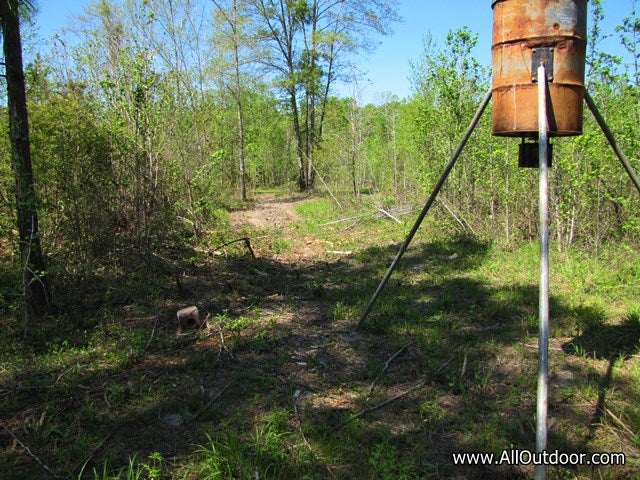Picking the Best Fertilizer for a Wildlife Food Plot
Kevin Felts 09.18.18

Hunting season is a few weeks way, and chances are some of the readers are thinking about planting a wildlife food plot. The local retail outlets are getting their food plot bags in, which are advertised as helping grow large healthy bucks. While nutrition plays a role in growth not just for deer but just about all animals, we first have to get the food plot to grow.
A lot of people think all you have to do is spread the seeds and the plants will grow big and tall. By the time hunting season rolls around the hunter is disappointed the plants are just a few inches tall. This is were commercial fertilizer comes into play. The right fertilizer will help the plants grow, but what is the “right” fertilizer?
Somewhere on the label should be three numbers:
- The first number is nitrogen – Helps plants grow tall and grow large leaves. Examples would include corn, turnip greens, and spinach.
- The second number is phosphate / phosphorus – Helps root growth such as turnips and potatoes.
- The third number is potash / potassium – Helps pod production, think beans, peas… etc.
A well rounded fertilizer which works in most applications is 13-13-13. This provides plants with all three numbers in a balanced formula. Another balanced fertilizer is 10-10-10.
Let’s say the hunter is planting greens and wants large bushy plants. Then something like 21-0-0 may be in order. This is a high nitrogen fertilizer for large bushy plants, but nothing for roots or pods.
Some hunters like to plant turnips, which they claim the deer will dig up the turnip root ball. For turnips we need something for root production, such as 10-20-10.
When growing potatoes sometimes I mix 13-13-13 and 10-20-10 together. This in theory is to provide more phosphorus that just 13-13-13 provides, and slightly more Nitrogen than just 10-20-10. So far I have had excellent results with the blend.
If someone wanted to grow large turnip green tops along with a large root ball, mix 21-0-0 with some 10-20-10. The high nitrogen would promote large leaf growth, and the phosphorus, in theory, would help grow a large turnip root.
Be sure to spread fertilizer before a rain. We want a good steady drizzle rain rather than a gully washer. If fertilizer sits without water, it may turn acidic and kill the seeds.